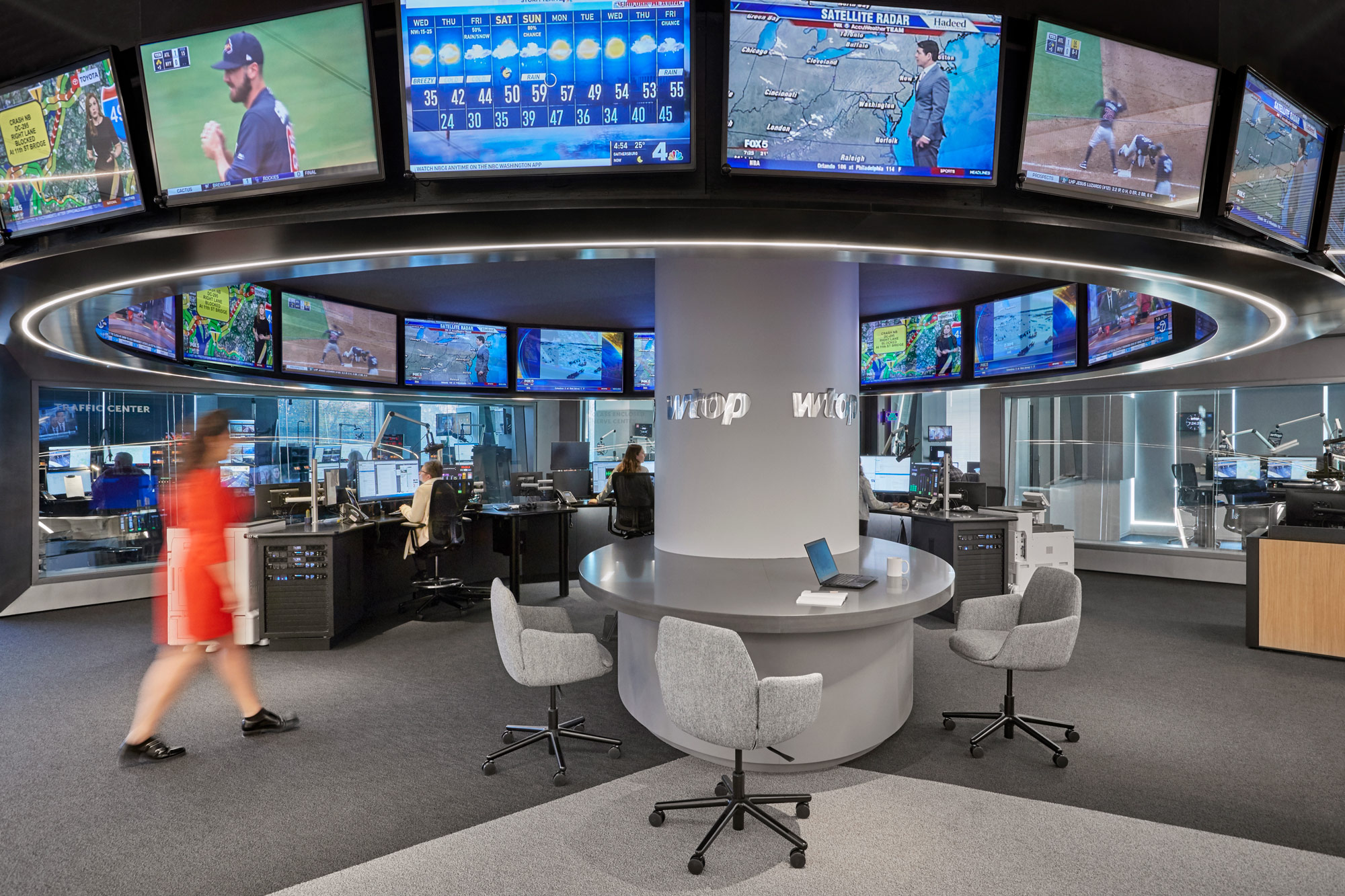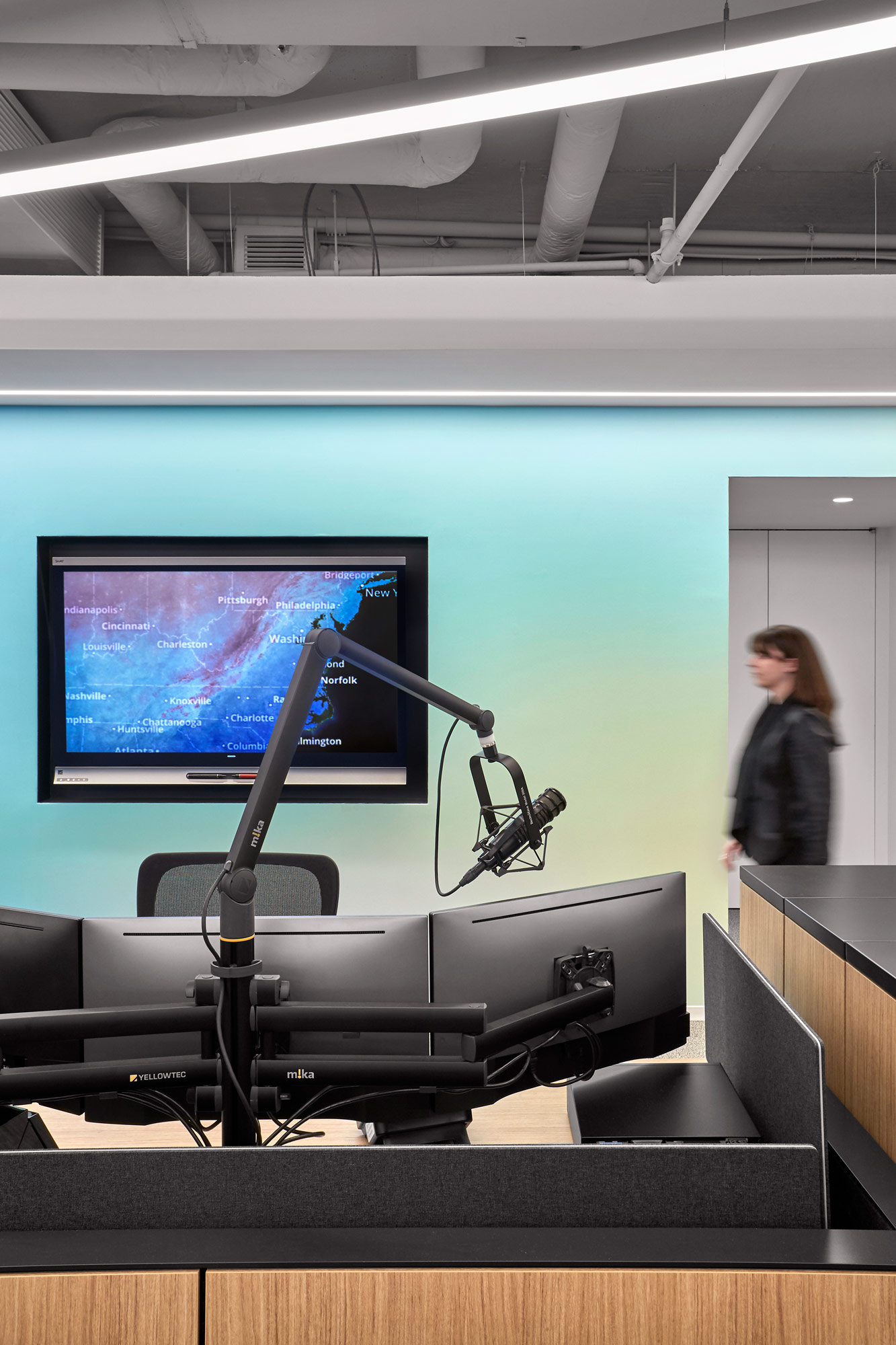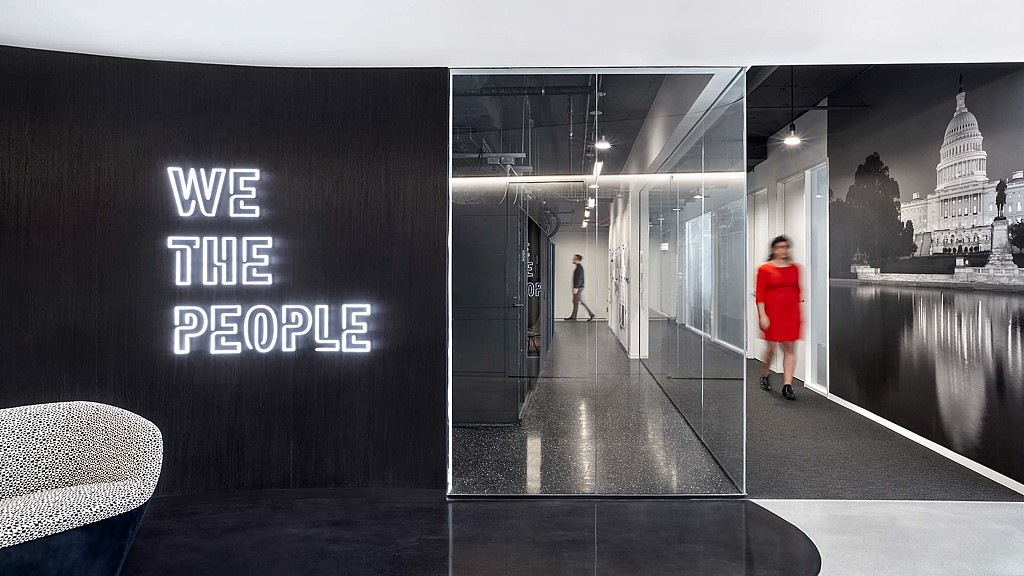The Power of Narrative in an Era of Evolving Legacies
By Sumita Arora
These days, you don’t find the news. The news finds you. Whether it is in our social media feeds or brandished on digital feature walls, contesting narratives are ubiquitous. They surround our everyday landscape, but we also surround ourselves with them. They are in our pockets and our earbuds. They are attached to us — as much a physical part of our lives as jewelry or clothing.
Media convergence has driven this shift, breaking down the silos between computing, communication, and content. The result is a veritable free-for-all as platforms compete for every last microsecond of human attention. It is in this context that we must reevaluate what it means to be a member of the Fourth Estate, what working in the industry means and how meaningful narratives can be crafted and upheld in an era of content saturation.
Gensler’s Design Forecast names this as a major media trend for 2019: that “Legacies will evolve.” With boundaries between media and technology constantly blurring, it is easy for media companies to lose sight of both their own legacy and the narrative they seek to craft. A clear, purposeful celebration and expression of brand legacy, however, can stem this tide. When a story of this nature is told through the design of a media company’s workplace, the results can be extremely powerful not only for employees, but also curious guests or clients. Case in point: WTOP in Washington, D.C.
The purposeful design behind this D.C. staple news outlet’s home base looks in both directions: to the past with WTOP’s body of work as it captures the station’s legacy; and to the future, as it solidifies its status as trusted source for all things traffic, weather, and news. The space venerates the significance of WTOP’s news presence while weaving its distinctive brand into the workplace’s ambiance. In the reception area, the company’s logo is built into acoustic felt walls. The elevator hall showcases partner logos, subtle installations tell WTOP legacy stories, and a platform sculpture in the living room takes a creative twist the station’s recognizable identifier.
The technical prowess of the space had to take a step forward, too, as WTOP Vice President and General Manager Joel Oxley emphasizes: “The design has enabled our content to evolve. From a technical standpoint, the space is a huge advancement for us; it enables a new level of precision and polish in our work. We’re a news outlet first and foremost and the enhanced ability to do more video to support multi-platform content delivery will make a significant difference for our presence moving forward.”

The living room and performance room walls are emblazoned with the First Amendment, serving both as a daily mission reminder for WTOP employees and a bold statement for visitors, many of whom are government clients. Another WTOP focus area — weather — asserts itself throughout the space in the form of energizing meteorological heat maps. The heat maps have an emotional impact on multiple levels: they enhance the work done in each space, but also memorialize WTOP’s meteorological expertise.
Such dedication to internal narrative translates directly to what a media company pushes out. It is easy to imagine the opposite case: a workplace without purpose, without soul, one that could be confused with any other. In this context, where legacy is nowhere to be seen, narratives can run amok. Clickbait can reign supreme. And veneration for the Fourth Estate — the very thing that draws young journalists to the field in the first place — can fall by the wayside.
When it comes to talent retention and recruitment, media companies — especially traditional journalistic outlets — must use their space as a tool. Those good with words and storytelling can easily drift to more financially lucrative fields like consulting and law. Young journalists know these options are on the table. They dedicate themselves to the industry because they believe in the role of the Fourth Estate and yearn for moral purpose in their work. That purpose should be clear in a media workplace as soon as you step foot in the space; it is the vessel through which your legacy will evolve.

For Oxley, new space is already having a positive effect on the station’s culture: “The cultural impact of the new space has been amazing to see. Our teams were way too spread out before, but now we’re seeing natural interactions and collaboration with the entire staff on the same floor. ‘News Bites’ café really brings people together—it’s the social hub we needed. There’s just better communication happening, which is integral to a news operation like WTOP.”
As a radio outlet, WTOP is traditional, but it is also evolving — as it must. What is clear from the path it has chosen, however, is that it can control its own narrative and remain authentic to its core identity in the face of change. In an era where the news finds you, this is the authenticity and trustworthiness consumers crave and deserve. The Fourth Estate has a remarkable history to channel as it drives forward in a digital age. The power of narrative carries more weight than ever before; accordingly, the spaces in which our narratives are crafted have never been so sacred.

